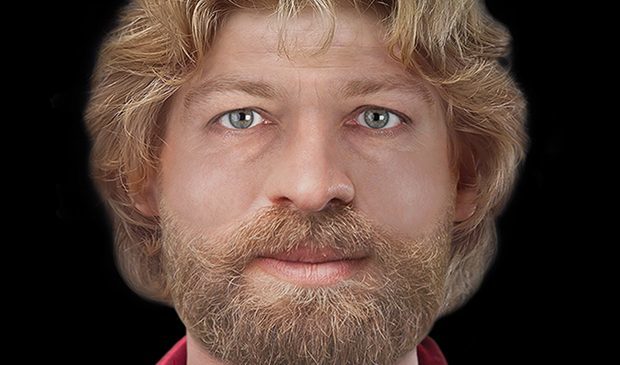Norwegian royalty will visit Orkney next month as the 900th anniversary of the death of St Magnus is commemorated.
Their Royal Highnesses Crown Prince Haakon and Crown Princess Mette-Marit will visit on June 16-17, as part of the annual St Magnus International Festival.
People on the Orkney islands are celebrating their strong relationship with Norway as they commemorate St Magnus.
He is the only Norwegian saint to have received papal recognition, and his memory is kept alive on Orkney by the magnificent St Magnus Cathedral in Kirkwall, which his nephew began building in 1137.
The cathedral is one of Orkney’s most important tourist destinations, and will be a key arena during the festival.
The Crown Prince and Crown Princess will attend the opening weekend of the St Magnus International Festival.
They will visit Skara Brae and attend a flower ceremony for Norwegian sailors and World War II soldiers who are buried on the Orkney Islands.
The royals will see a performance of I, Pilgrim, by the Norwegian dramatist Jon Fosse, with music by the Scottish composer Alasdair Nicolson.
Many other Norwegian performers are also taking part in the festival, including the Norwegian Radio Orchestra and Bergen Cathedral Choir.
A spokesman for the Royal Norwegian Embassy said: “The Orkney Islands have long historical ties to Norway.
“The islands were populated by Norwegians in the late 700s, and were annexed (together with the Shetland Islands) by Harald Fairhair in 875. The earldom that was later established remained under Norwegian rule until the 1400s. The Orkney Islands celebrate Norway’s national day – May 17 – and receive a Christmas tree from Norway every year.
“Our longstanding economic ties across the sea have received a boost in recent years, as Norwegian companies have become involved in the development of renewable wind and sea power on Orkney.”
